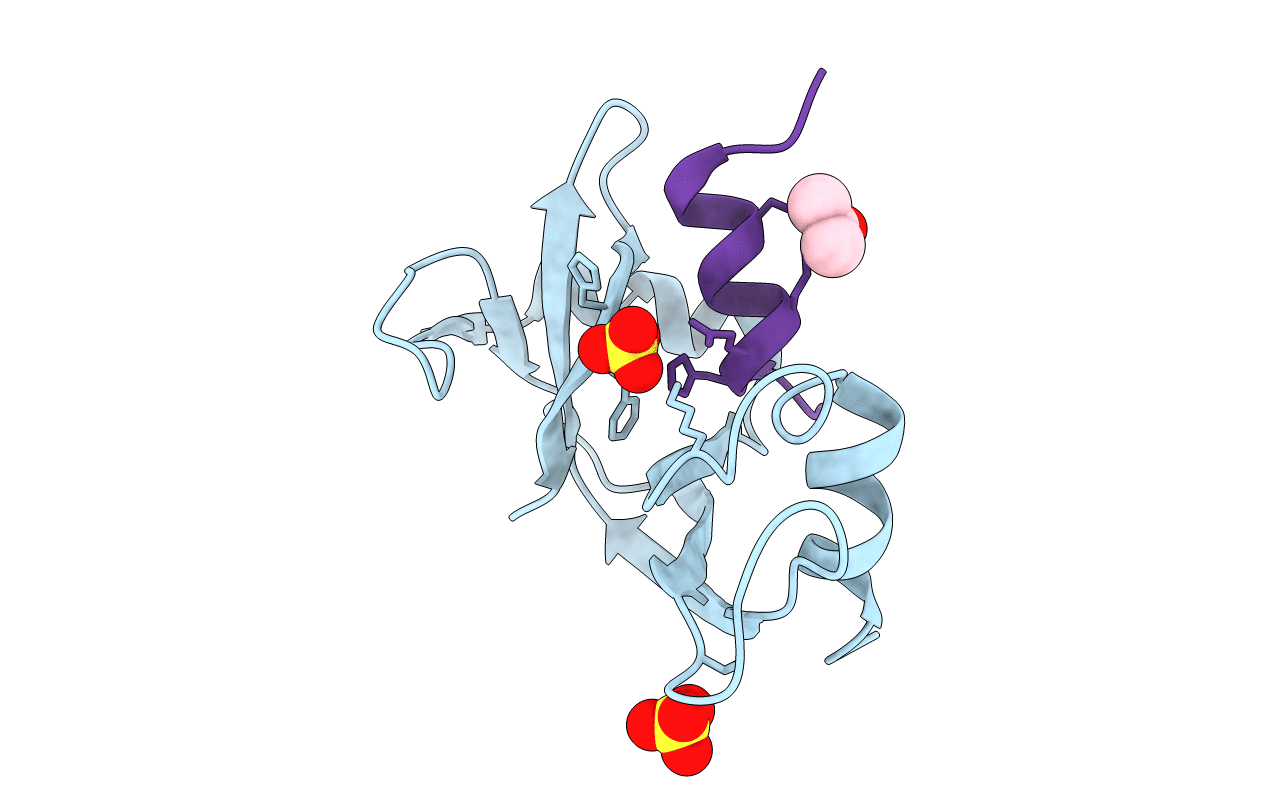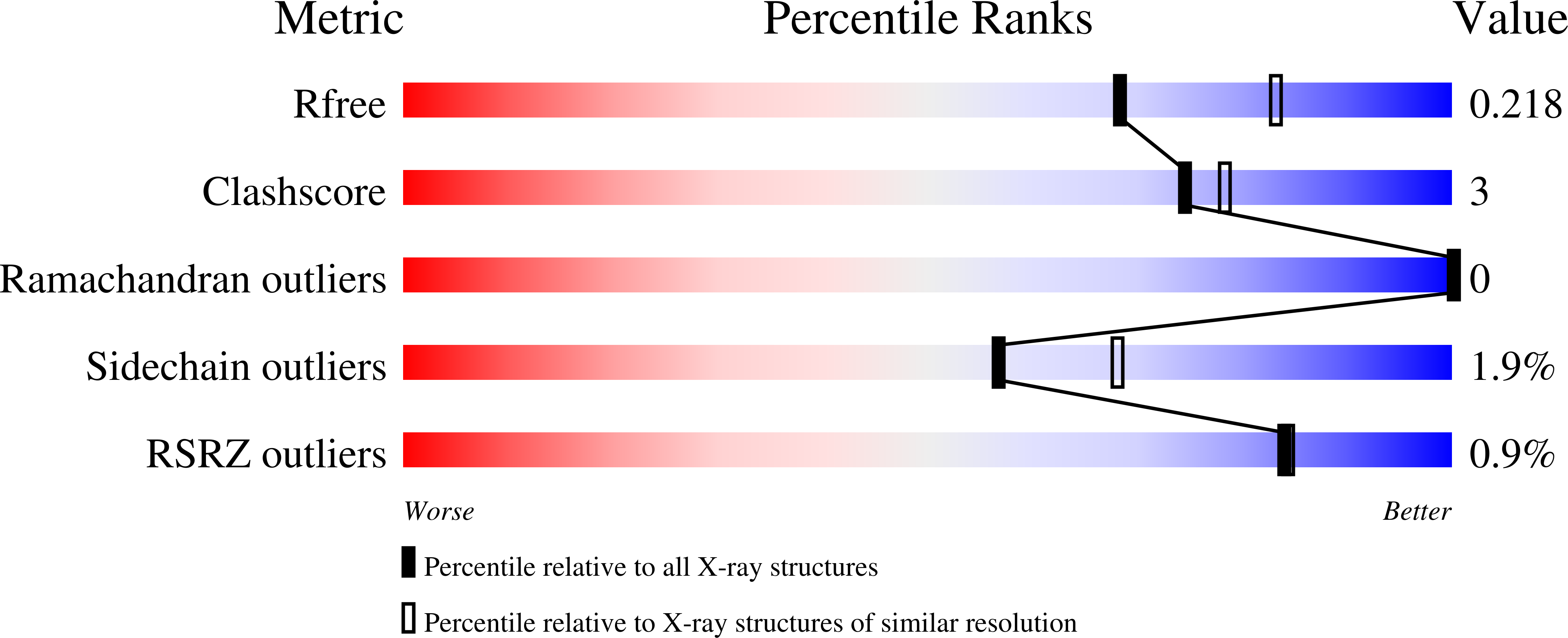
Deposition Date
2015-02-26
Release Date
2015-07-01
Last Version Date
2024-04-03
Entry Detail
Biological Source:
Source Organism:
Bos taurus (Taxon ID: 9913)
synthetic construct (Taxon ID: 32630)
synthetic construct (Taxon ID: 32630)
Host Organism:
Method Details:
Experimental Method:
Resolution:
2.18 Å
R-Value Free:
0.21
R-Value Work:
0.20
R-Value Observed:
0.20
Space Group:
P 21 21 21


